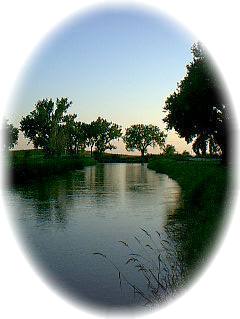
In the years from 1863 to 1868 the railroad had become a certainty. During the five year period, the first operations of mapping, surveying, setting telegraph poles and planning the roadbed had been completed.
The railroad through this territory was completed in 1868. A section crew was located at each station. It was their business to guard the tracks against Indian attacks as well as maintain the road.
The Union Pacific depot was erected in 1884, and, although not the largest at that particular time, it was considered to be one of the handsomest on the line of the railroad. The village of Gothenburg also boasted a dry goods store, grocery store, hardware store, lumberyards and two hotels.
In 1892 there were plans to make Gothenburg a great manufacturing center. Contracts had been let for a brass and copper company. The enormous advantages of Gothenburg were calling to manufacturers of paper, cotton, woolen goods, starch, oatmeal, all grain products and manufactured goods of all descriptions. And the predictions were starting to come true. Two local brickyards were running full blast to make 5 million bricks for factory construction. Under construction in the industrial area were a machine shop, galvanized iron works, lead pipe works, sheet copper rolling mills, a brass foundry, boiler iron works and a bathtub factory. In December 1892, the overall and shirt factory were ready to start production, the pickle and vinegar works was producing 20 to 30 barrels of vinegar a day and the barbwire factory had three machines operating with an output of 1500 pounds a day.
Another source of income for the town was the shipment of ice which was cut from the surface of the lake and shipped to North Platte, Grand Island and other points in Nebraska to refrigerate rail cars on the main line of the Union Pacific. Ice was cut in 100 pound blocks and floated down a channel where it was loaded onto the railroad cars. As many as 2000 cars of ice were shipped in a single season.
By January 1894, however, things began to slow down and with the big money panic the big boom was now bust.
Industry may have slowed but the town of Gothenburg continued to grow. Agriculture took on much importance and has continued as a mainstay of economic growth. Grain and livestock are shipped to markets all across the United States.
The depot was moved to its present location in 1976 when the Union Pacific no longer needed the large antiquated building. When the wind blows, the building creaks and moans and you can almost imagine the whistles of the trains from long ago.
The depot currently houses a gift shop and railroad memorabilia.